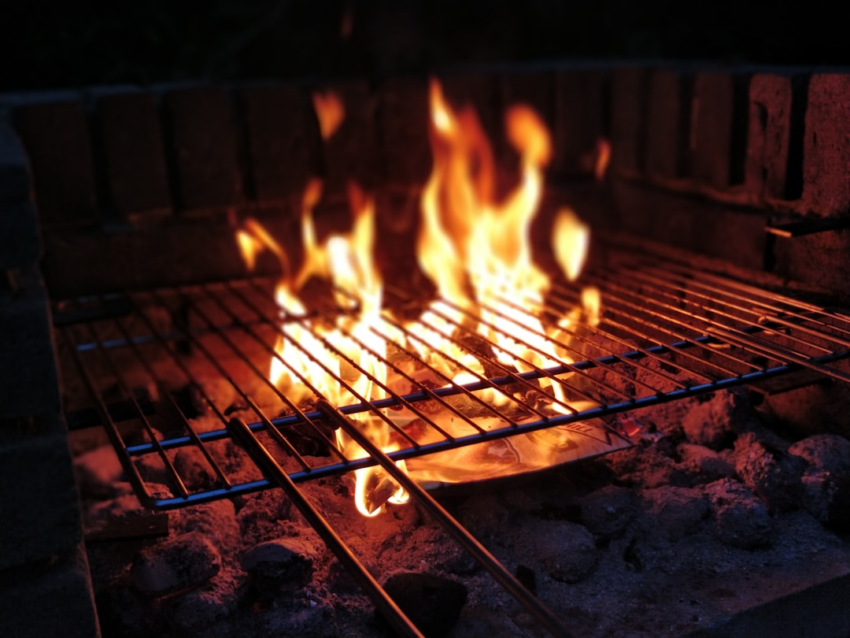Selecting baby back ribs with tender meat for a classic smoked BBQ ribs recipe. Use a dry rub of salt, pepper, paprika, garlic powder, and onion powder for seasoning. Optionally, marinate with BBQ sauce, olive oil, vinegar, and liquid smoke for extra flavor. Cook at 107°C to 121°C using a smoker box or foil for even cooking. Smoke ribs low and slow (38°C to 121°C) for 6-8 hours or more until gelatinous. Check doneness with the touch test or a thermometer aiming for 95°C. Rest ribs for 15-20 minutes, then glaze with tangy tomato or sweet honey sauce.
Unleash the ultimate comfort food experience with a guide to perfecting savory, smoked BBQ ribs. This comprehensive journey delves into every aspect of crafting juicy, tender ribs cooked low and slow. From choosing the right cut to mastering seasoning, setting up your smoker, and techniques for optimal doneness, we’ll equip you with the knowledge to impress. Discover the art of glazing and saucing for that extra kick. Elevate your smoked BBQ ribs recipe and become a rib-master!
- Choosing the Right Cut for Smoked BBQ Ribs
- Seasoning and Marinade: Building Flavor
- Setting Up Your smoker for Low and Slow Cooking
- The Art of Smoking: Temperature and Time
- Techniques to Achieve Tender, Juicy Ribs
- Testing for Doneness: When They're Ready
- Finishing Touches: Glazes and Sauces
Choosing the Right Cut for Smoked BBQ Ribs

When it comes to smoking BBQ ribs, selecting the right cut is half the battle won. The most popular choice for a classic smoked BBQ ribs recipe is the baby back rib, known for its meaty, tender texture and rich flavor potential. This cut features a natural separation between the bone and meat, allowing for slow cooking that results in succulent, fall-off-the-bone ribs.
Each cut of pork rib has unique characteristics, influencing both cooking time and overall taste. Shoulder ribs, for instance, are tougher but benefit from longer cooking periods, while spare ribs offer a heartier, chewier bite. Understanding these variations allows you to tailor your smoked BBQ ribs recipe to personal preference, ensuring the perfect balance of flavor and texture.
Seasoning and Marinade: Building Flavor
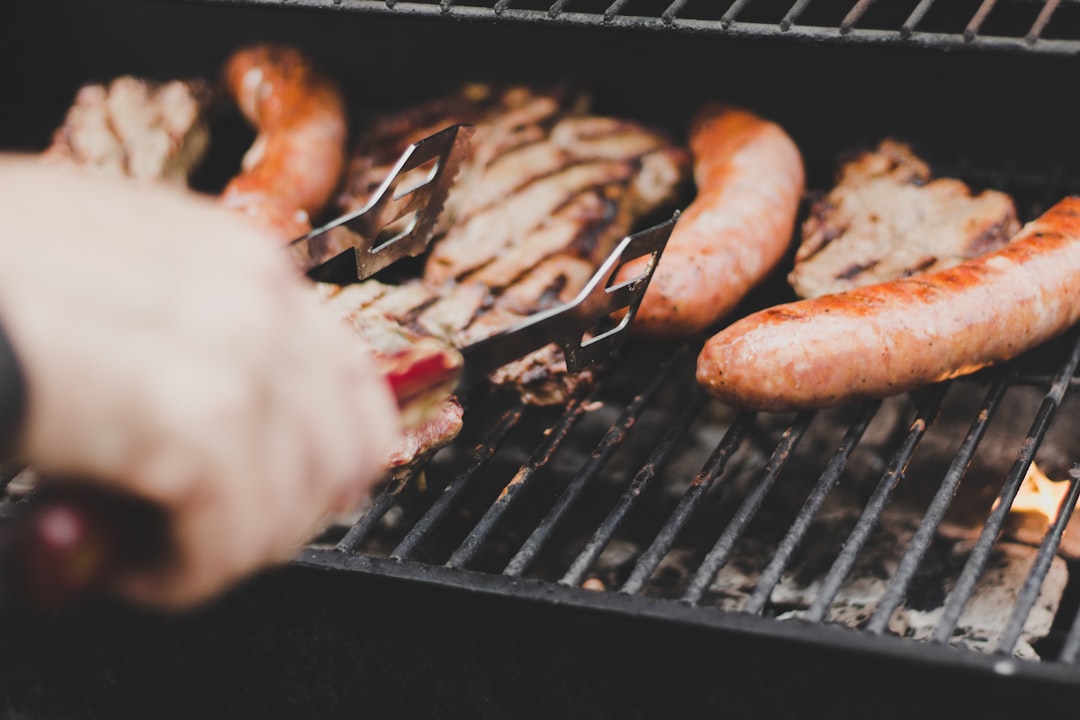
Seasoning and marinade play a crucial role in developing the mouthwatering flavors of smoked BBQ ribs. The key is to start with a basic rub consisting of salt, pepper, paprika, garlic powder, and onion powder. These spices not only enhance the natural meat flavors but also act as a dry rub that helps to tenderize the ribs over time.
For an extra depth of flavor, consider marinating the ribs before smoking. A simple marinade of your choice BBQ sauce, olive oil, vinegar, and liquid smoke can penetrate the meat, adding sweetness, tanginess, and smokiness. This step is optional but highly recommended for those seeking a richer, more complex smoked BBQ ribs recipe.
Setting Up Your smoker for Low and Slow Cooking
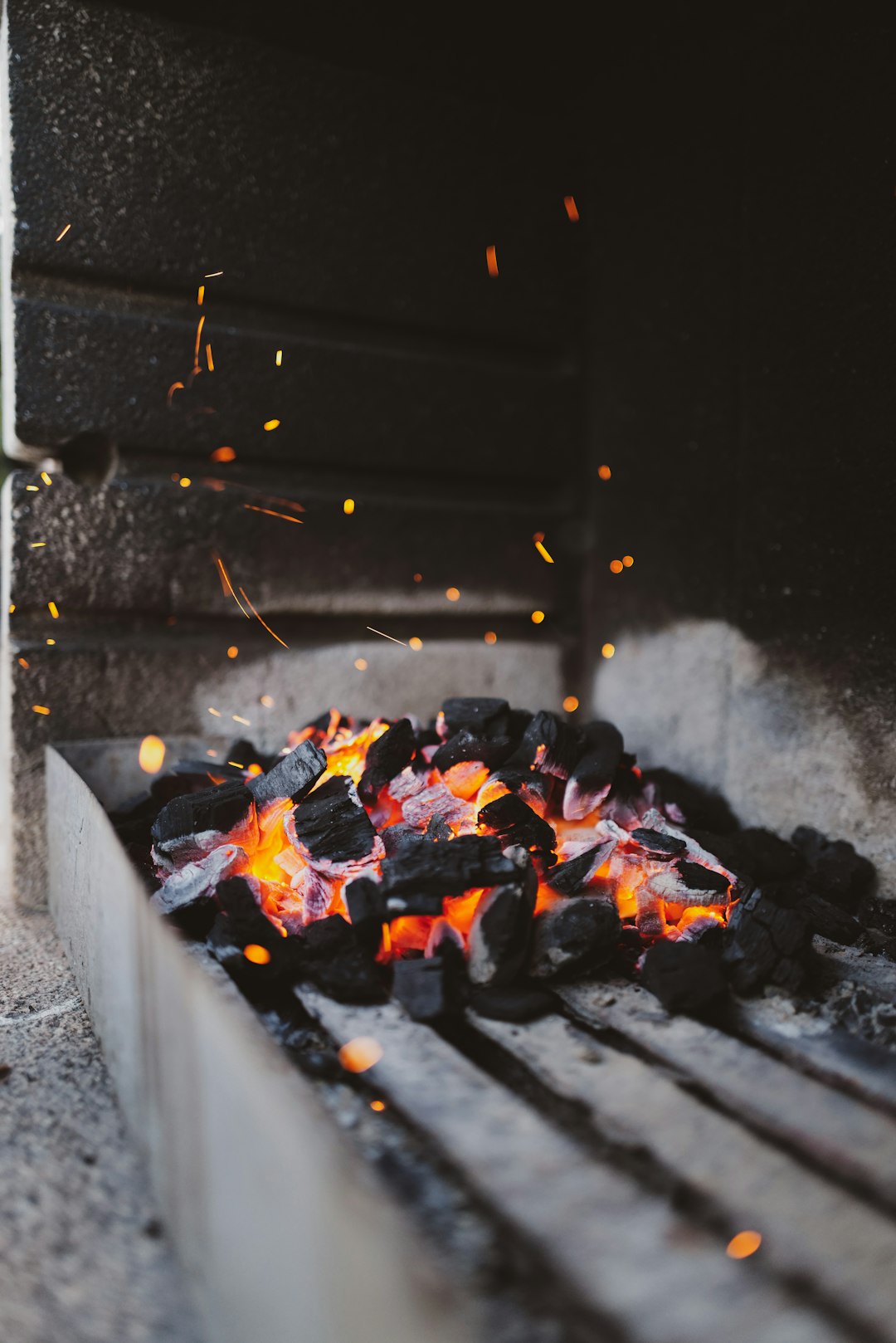
To master the art of smoking BBQ ribs, understanding low and slow cooking techniques is key. Start by setting up your smoker for optimal results. Typically, this involves maintaining a consistent temperature between 225°F to 250°F (approximately 107°C to 121°C). This method allows for even cooking and moisture retention, ensuring your ribs become tender and succulent. Use a reliable thermometer to monitor the smoker’s temperature and adjust as needed.
Line your smoker with foil or a smoker box filled with your preferred wood chips to impart a subtle, smoky flavor. This setup is crucial for achieving that distinctive smoked BBQ ribs recipe you’re aiming for. With the right conditions in place, your ribs will slowly cook, transforming into a mouthwatering delicacy that’s well-deserved after hours of patient waiting.
The Art of Smoking: Temperature and Time
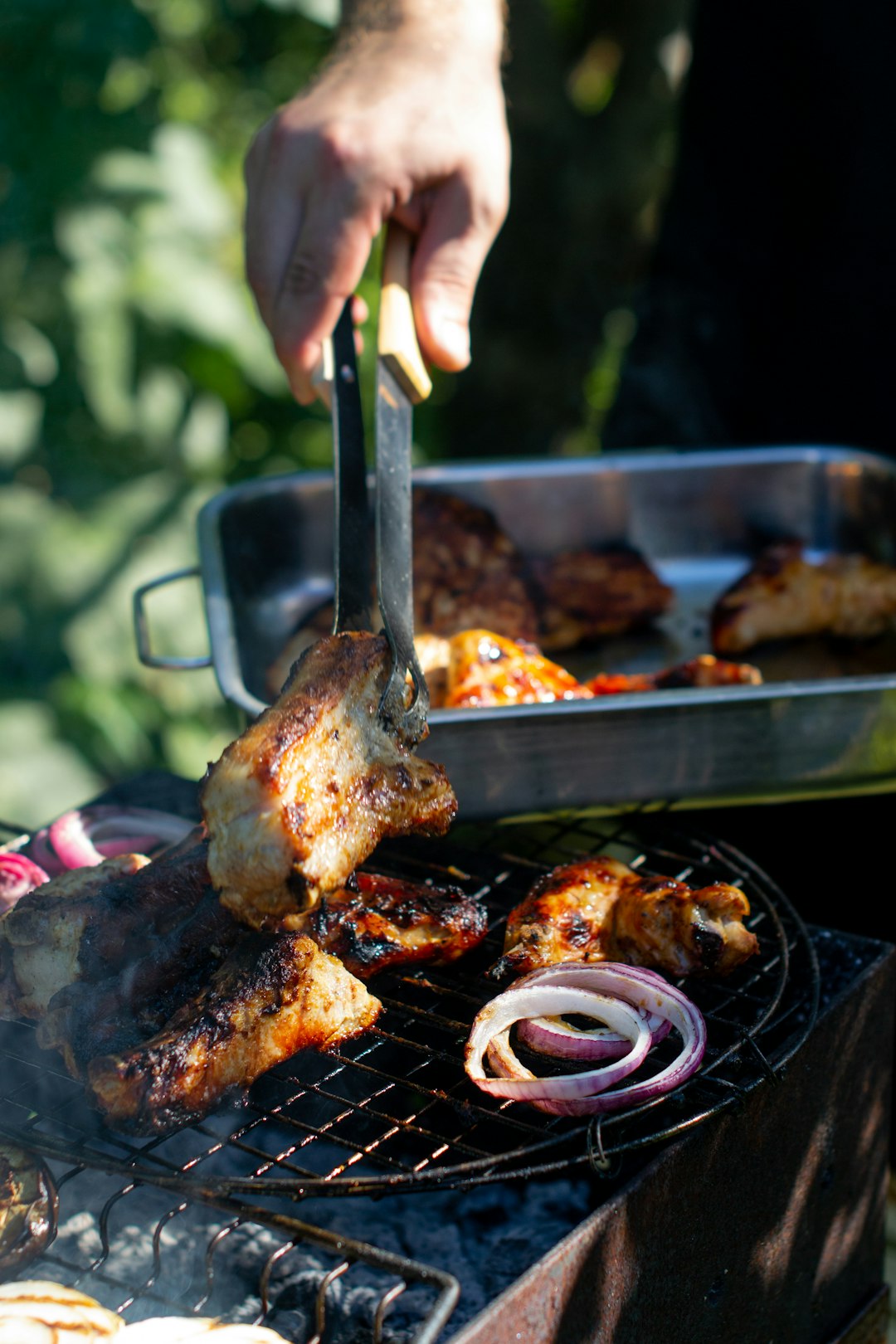
Smoking is an art that requires precision, patience, and a deep understanding of temperature control. When it comes to crafting the perfect smoked BBQ ribs recipe, the dance between heat and time is delicate. The low-and-slow method is renowned for its ability to tenderize meat and infuse flavors, making it ideal for ribs. Typically, smoking occurs at temperatures ranging from 100°F to 250°F (38°C to 121°C). At these lower temps, the process takes significantly longer, often 6-8 hours or more, allowing collagen in the meat to slowly break down and transform into gelatin. This results in ribs that melt in your mouth. Timing is crucial; monitoring both the internal temperature of the ribs and the smoking duration ensures they reach that delectable stage of doneness without overcooking.
Techniques to Achieve Tender, Juicy Ribs
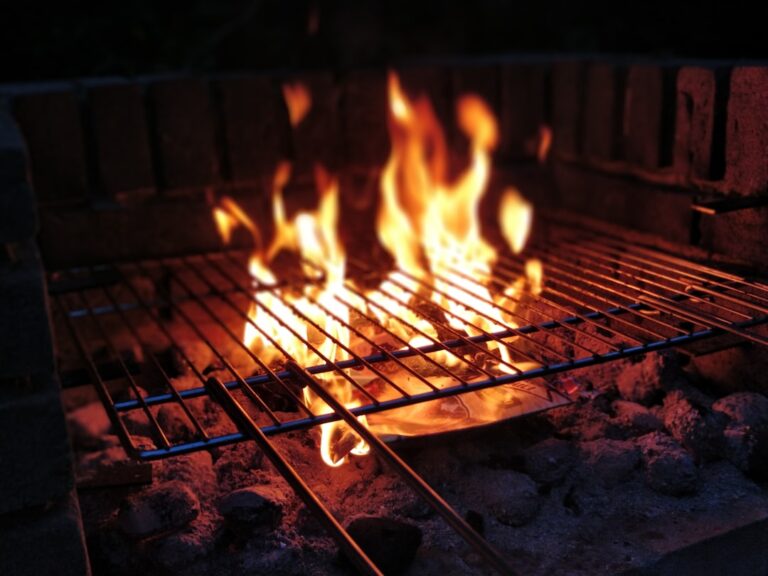
Achieving tender, juicy smoked BBQ ribs requires a combination of time, patience, and precise technique. The low-and-slow method is key, allowing the collagen in the meat to break down over an extended period, resulting in incredibly tender ribs. This process also helps to lock in moisture, ensuring each bite is juicy and flavorful.
To perfect your smoked BBQ ribs recipe, focus on consistent temperature control. Low temperatures, typically between 225°F to 250°F (107°C to 121°C), are ideal for slow cooking. Regularly monitor the heat and adjust as needed to maintain a steady environment. Additionally, using a smoker with good air circulation ensures even cooking and helps prevent dry ribs. Rubbing the ribs with a dry spice mix before smoking enhances flavor, while applying a generous layer of BBQ sauce near the end adds a sticky, sweet finish.
Testing for Doneness: When They're Ready
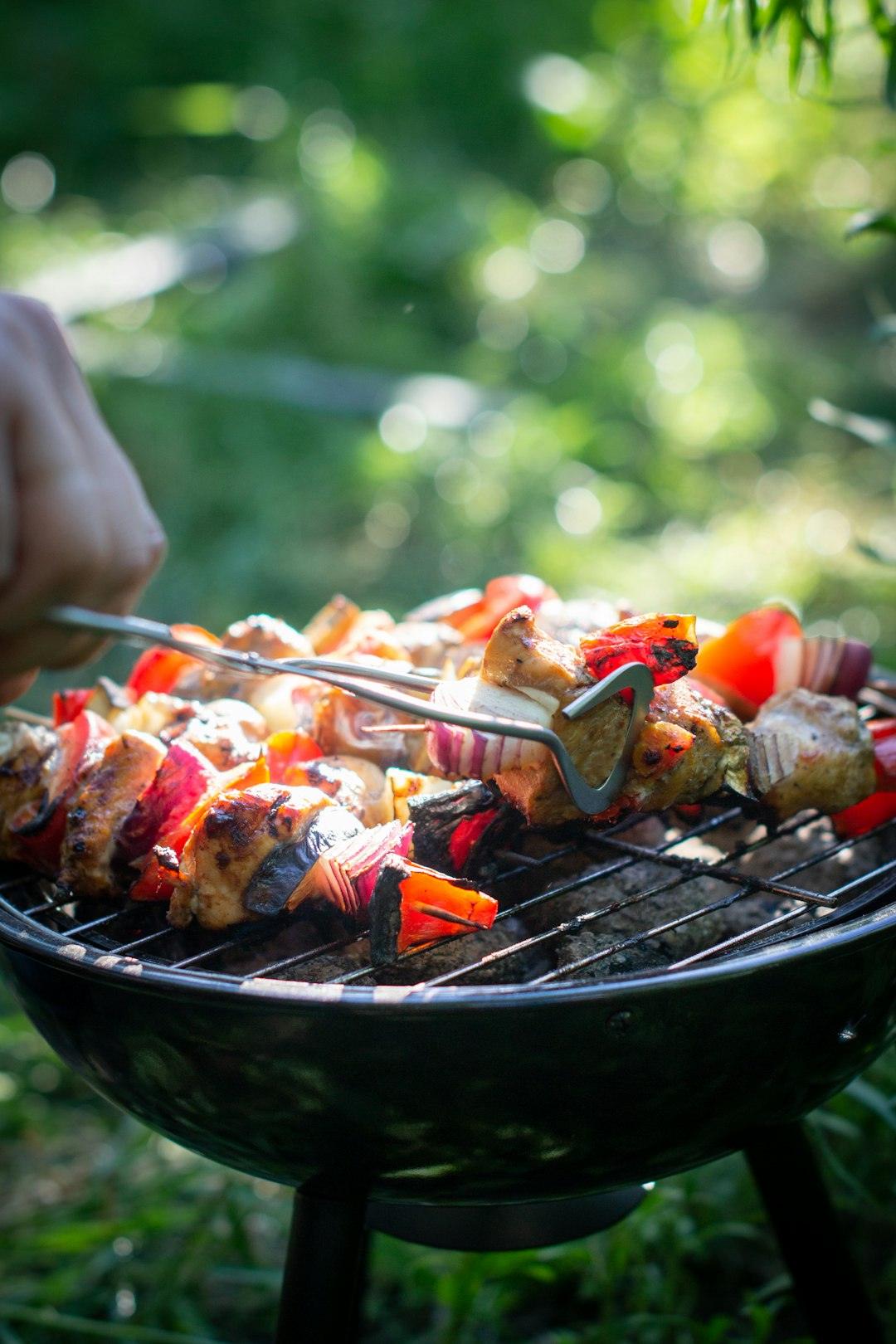
Determining if your smoked BBQ ribs are cooked perfectly involves a simple touch test and an understanding of internal temperature. The ribs should be tender enough that a fork glides easily between the meat and bone, practically falling off. This stage usually occurs after many hours of low-and-slow cooking. To check for doneness, gently tug at the meat; it should separate from the bone without any effort.
A meat thermometer is another reliable tool. For smoked BBQ ribs, aim for an internal temperature of 203°F (95°C). At this point, the collagen in the ribs has transformed into gelatin, ensuring a tender and succulent finish. Remember, patience is key; let the ribs rest for about 15-20 minutes after removing them from the smoker to allow any juices to redistribute, guaranteeing a mouthwatering, perfectly cooked smoked BBQ rib experience.
Finishing Touches: Glazes and Sauces
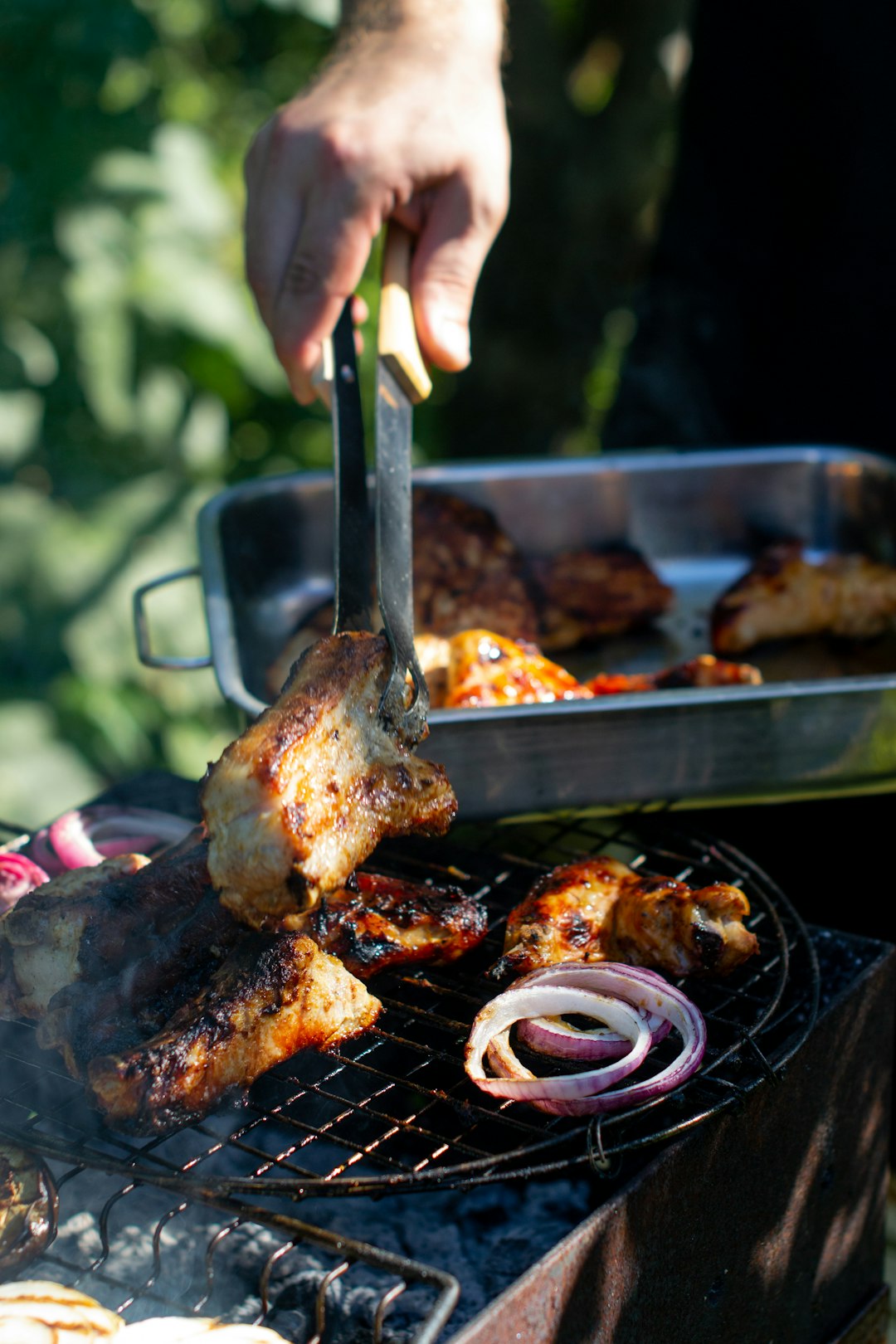
The final touch on your perfectly cooked smoked BBQ ribs is often what elevates them from good to great. Glazes and sauces aren’t just for show; they enhance the flavor profile, adding depth and richness to each tender rib. A simple tomato-based sauce can bring a tangy kick, while honey or brown sugar glazes impart a sweet note that complements the smoky flavors of the ribs.
Experimenting with different combinations allows you to tailor the finish to your taste. Some prefer a classic BBQ sauce, while others might enjoy a more adventurous blend of spices and fruits. The key is to let the ribs rest after applying the glaze, allowing the flavors to meld and creating a delectable, sticky exterior that’s hard to resist.
